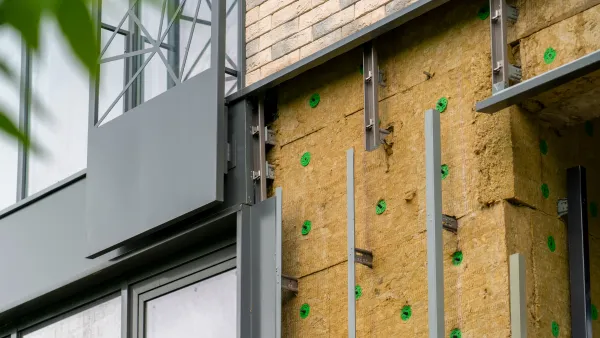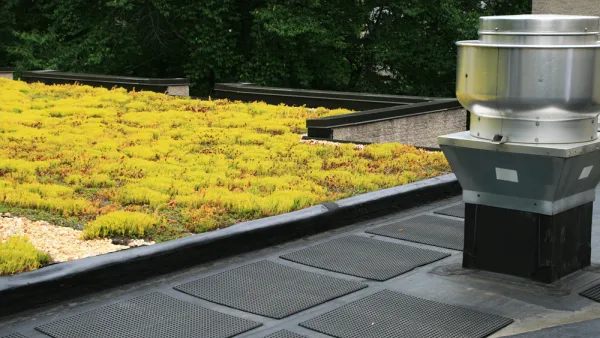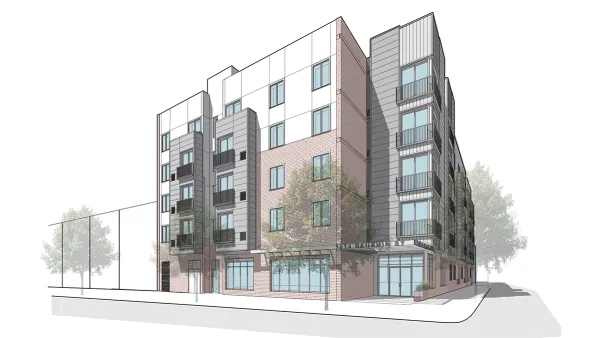Architect David Cook looks at the sustainability craze in building and architecture and warns that calling something "green" doesn't necessarily make it so.
"Increasingly misused in architecture, the term sustainability is in danger of becoming a mere label. In man's relatively short occupation of the Earth, we have succeeded in acutely threatening its future and our habitat. However, we now appear to be gaining a common understanding of the urgency of these matters. Perhaps, for whatever reason, we have finally reached a "tipping point," where we cannot remain in denial. For us sustainability is less a political issue than a humanistic issue; for qualities are just as important as quantities and a "sustainable," or indeed "green," architecture must not solely focus on environmental constraints or pre-defined performance criteria, but also celebrate the wealth and diversity of nature.
Buildings can only be spoken of in sustainable terms if they suit their purpose and are efficient to operate. Otherwise they consume unnecessary resources, are a burden to the owners and risk premature replacement. The process of design requires the consideration of the whole life cycle cost of a building, both in terms of economics and environmental impact; for buildings with a design life of 60 years, the cost of ownership and operation actually far exceeds the cost of construction. Therefore the design approach for any new construction should seek to maximize the efficiency of the building fabric in order to conserve resources in future operation. For us, sustainability in architecture is really about acknowledging the diversity of patterns of use and promoting the wide range of quite subtle, often conflicting, qualities in our built environment. In each project we seek to adopt design strategies which recognize that the building's occupants and their response to their immediate environment as an integral part of these systems."
FULL STORY: Exclusive: David Cook — No, Not the American Idol — Explains What Green Architecture Really Means

Analysis: Cybertruck Fatality Rate Far Exceeds That of Ford Pinto
The Tesla Cybertruck was recalled seven times last year.

National Parks Layoffs Will Cause Communities to Lose Billions
Thousands of essential park workers were laid off this week, just before the busy spring break season.

Retro-silient?: America’s First “Eco-burb,” The Woodlands Turns 50
A master-planned community north of Houston offers lessons on green infrastructure and resilient design, but falls short of its founder’s lofty affordability and walkability goals.

Test News Post 1
This is a summary

Analysis: Cybertruck Fatality Rate Far Exceeds That of Ford Pinto
The Tesla Cybertruck was recalled seven times last year.

Test News Headline 46
Test for the image on the front page.
Urban Design for Planners 1: Software Tools
This six-course series explores essential urban design concepts using open source software and equips planners with the tools they need to participate fully in the urban design process.
Planning for Universal Design
Learn the tools for implementing Universal Design in planning regulations.
EMC Planning Group, Inc.
Planetizen
Planetizen
Mpact (formerly Rail~Volution)
Great Falls Development Authority, Inc.
HUDs Office of Policy Development and Research
NYU Wagner Graduate School of Public Service




























